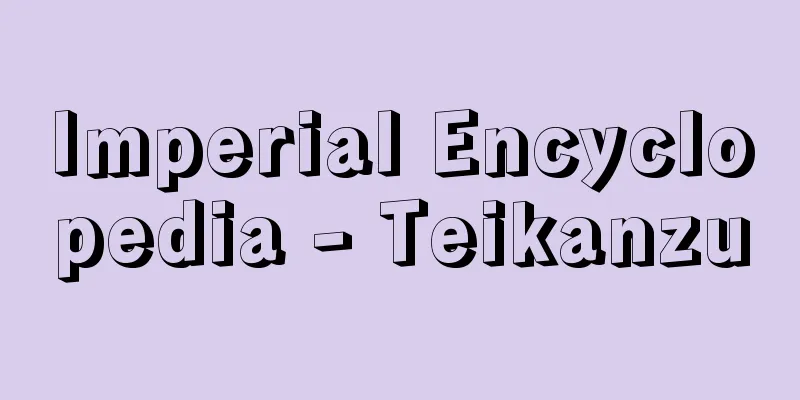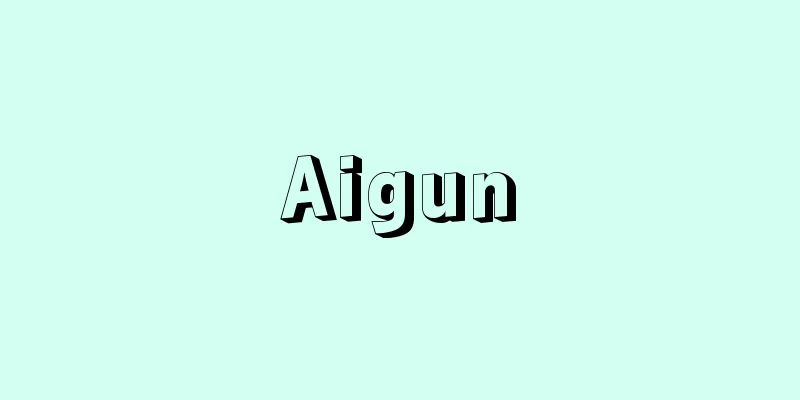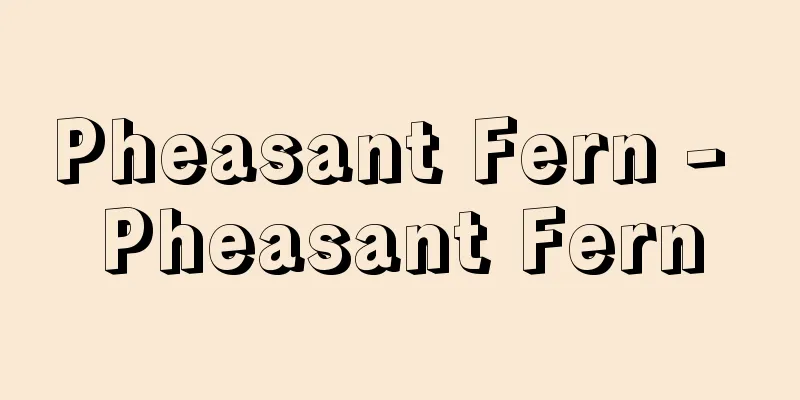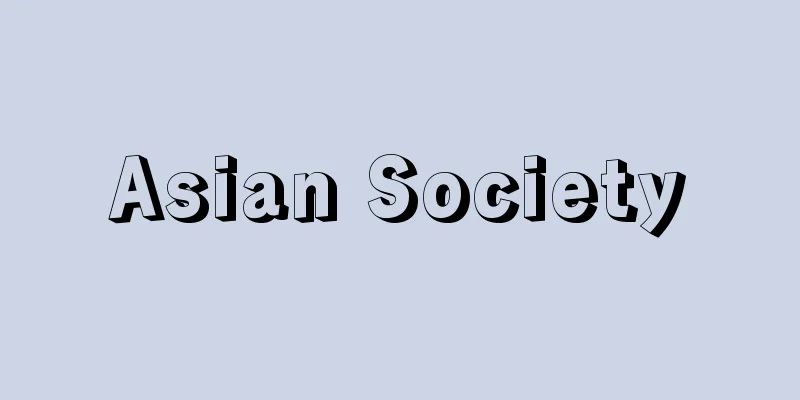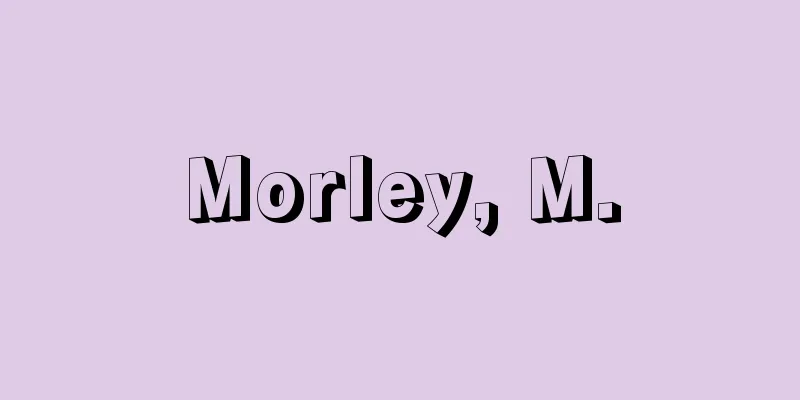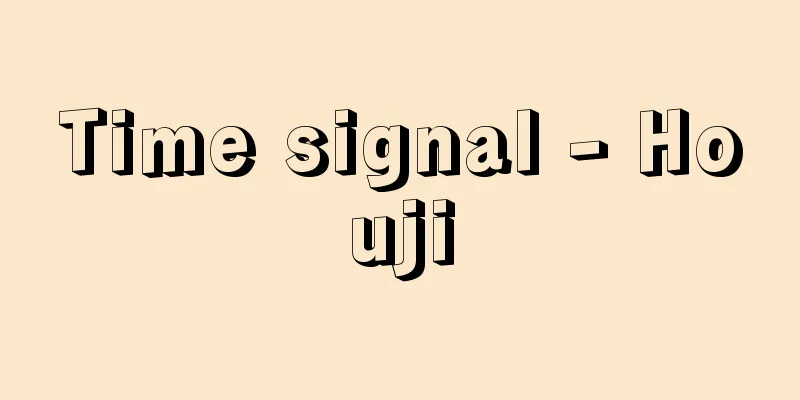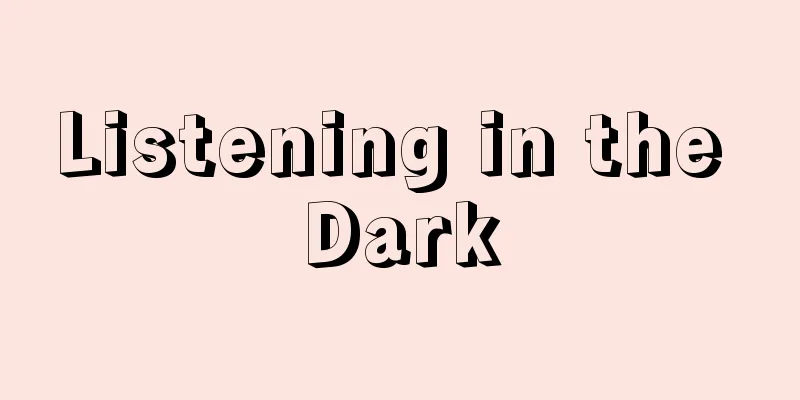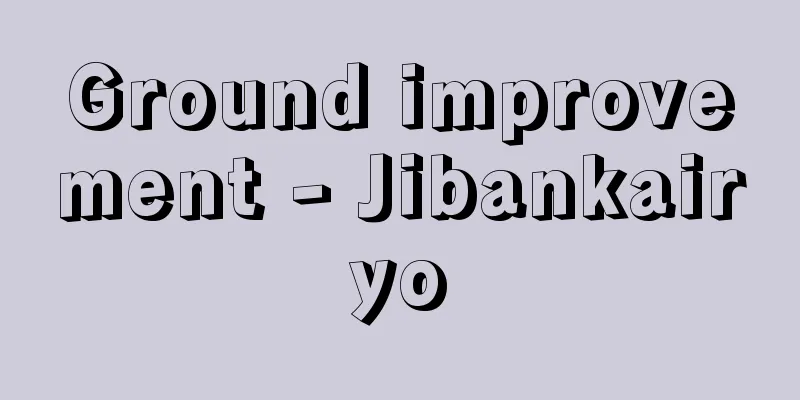Collection procedure - Tokusokutetsu continued
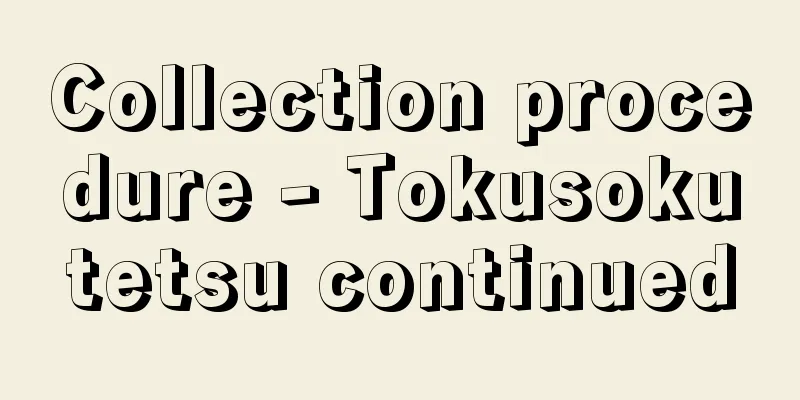
|
A special procedure (Civil Procedure Act, Article 382 et seq.) that allows a creditor to obtain a title of debt easily and quickly for claims aimed at the delivery of a certain amount of money or other substitutes or securities, provided that the debtor has no objection. This procedure allows a creditor to obtain a title of debt (Civil Execution Act, Article 22) required for compulsory execution without resorting to normal litigation procedures, provided that the debtor does not dispute his or her debt (for example, the return of a loan receivable, or the payment of a receivable for a product purchased in monthly installments). The following can be done through a collection procedure: The collection procedure begins with the creditor's "petition for demand for payment." This petition is filed with the court clerk of the summary court in the debtor's domicile, office, or business location, or in the place where the bill or check is to be paid. A petition for demand for payment handled using electronic data processing systems may be filed with the court clerk of the summary court (Tokyo Summary Court and Osaka Summary Court as of 2010) designated by the Supreme Court Rules as a court that handles collection procedures using electronic data processing systems, even for cases that can be filed with summary courts (summary courts under the jurisdiction of the Tokyo District Court and Osaka District Court) designated by the Supreme Court Rules separately. The court clerk will dismiss the petition if it is clear that the jurisdiction is different, that the requirements in (1) and (2) above are not met, or that the creditor's request itself is unfounded (for example, the creditor is asking for the return of money but acknowledges the establishment of the statute of limitations). If the application is legitimate and the purpose of the application is well-founded, the court will issue a demand for payment without questioning the debtor and without examining whether the claim really exists, and will serve it on both parties. The demand for payment is supplemented with a note that if the debtor does not file an objection to the demand within two weeks from the date of service of the demand, a declaration of provisional execution will be attached at the creditor's request. If an objection is filed within the two weeks, the demand for payment will lapse and the case will be transferred to regular litigation procedures according to the value of its subject matter (subject matter jurisdiction). If an objection is filed against a demand for payment made using an electronic data processing system, the case will be treated the same as if an objection to the demand had been filed in the regular demand procedure, according to the value of its subject matter. If the debtor does not object within two weeks, the creditor may file a petition for a declaration of provisional execution, and if so, the court clerk will attach a declaration of provisional execution to the demand for payment, unless the debtor objects. This demand for payment with a declaration of provisional execution becomes a title of debt (Civil Execution Law, Article 22, Paragraph 4), and compulsory execution can be carried out based on this. If an application for a declaration of provisional execution is not made within 30 days after it becomes possible to do so, the demand for payment will lapse, in which case the case will not proceed to litigation. A demand for payment with a declaration of provisional execution is also served on the parties, but if the debtor does not file an objection within two weeks of its service, the demand procedure will end, and the demand for payment will have the same effect as a final judgment (Civil Procedure Law, Article 396). If an objection is filed, the case will proceed to litigation. The debtor does not need to provide a reason for objection. Furthermore, if the case proceeds to litigation due to an objection, it will be treated as if a lawsuit had been filed at the time the demand for payment was filed. [Yoshinobu Homma] [Reference item] | |Source: Shogakukan Encyclopedia Nipponica About Encyclopedia Nipponica Information | Legend |
|
金銭その他の代替物または有価証券の一定数量の給付を目的とする請求権について、債務者に異議のないことを条件として、債権者に簡易・迅速に債務名義を得させる特別手続(民事訴訟法382条以下)。強制執行をするのに必要とされる債務名義(民事執行法22条)を、債務者が自己の債務を争わないことを前提にして、通常の訴訟手続によらないで債権者に得させようとする手続である(たとえば、貸金債権の返還、月賦で購入した商品の代金債権の支払いなど)。督促手続によることができるのは、 督促手続は、債権者の「支払督促の申立て」により開始する。この申立ては、債務者の住所地・事務所や営業所の所在地の、あるいは手形・小切手の支払地の簡易裁判所の裁判所書記官に対して行う。最高裁判所規則で、コンピュータによる電子情報処理組織を用いて督促手続を取り扱う裁判所として定められている簡易裁判所(2010年時点では、東京簡易裁判所と大阪簡易裁判所)の裁判所書記官に対しては、別に最高裁判所規則で定める簡易裁判所(東京地方裁判所・大阪地方裁判所管内の簡易裁判所)に申し立てることができる事件についても、電子情報処理組織を用いて取り扱う支払督促の申立てをすることができる。裁判所書記官は、管轄違い、先の(1)(2)の要件の欠けていること、債権者の要求そのものからして根拠のないこと(たとえば、金を返せといいながら、消滅時効の成立を認めているなど)の明らかな場合には、申立てを却下する。申立てが適法であり、申立ての趣旨からすると理由がある場合には、債務者を審尋しないで、請求権が本当に存在するか否かの審理をしないで支払督促を発し、当事者双方に送達する。支払督促には、支払督促送達の日から2週間以内に債務者が督促異議の申立てをしないときは、債権者の申立てにより仮執行宣言を付する旨付記する。2週間内に異議の申立てがあると支払督促は失効し、その目的の価額に従い(事物管轄)、事件は通常の訴訟手続へ移行する。電子情報処理組織を用いてなされた支払督促に対する異議の申立てがあると、その目的の価額に従い、通常の督促手続で督促異議の申立てがあった場合と同じように扱われる。2週間内に債務者の異議がないと、債権者は仮執行宣言の申立てができ、これがあると裁判所書記官は債務者の異議がない限り支払督促に仮執行宣言を付する。この仮執行宣言付き支払督促は債務名義になり(民事執行法22条4号)、これに基づき強制執行ができる。仮執行宣言の申立てができるようになって30日内にその申立てをしないと、支払督促は失効するが、この場合は訴訟へ移行しない。仮執行宣言付き支払督促も当事者に送達されるが、その送達後2週間内に債務者の異議の申立てがないと督促手続は終了し、支払督促は確定判決と同一の効力をもつことになる(民事訴訟法396条)。異議の申立てがあると、事件は訴訟手続へ移行する。債務者の異議の申立てに理由はいらない。また、異議により訴訟へ移行する場合、支払督促の申立ての時点において訴えの提起があったものとして扱われる。 [本間義信] [参照項目] | |出典 小学館 日本大百科全書(ニッポニカ)日本大百科全書(ニッポニカ)について 情報 | 凡例 |
<<: Russo-German Nonaggression Pact
Recommend
Weil, G.
...It was a field of study that began in mid-19th...
Kennaiki
It is also read as "Kendaiki" and is al...
Cutting shipment - Cutting offal
...The harbor lacked breakwaters and mooring faci...
Costume doll - Isho Ningyo
A doll dressed in cloth clothing developed in the...
Charged spin - kadensupin
Please see the "Isospin" page. Source: ...
Smith, G. (English spelling) SmithG
…After 1855, excavation activities slowed down, a...
Color TV
〘Noun〙 (TV is an abbreviation of "television&...
Kondo Kenzo
He is a shite actor of the Hosho school of Noh. H...
Gravestone - Star
Unlike tombstones, which are erected in front of ...
Movement (geology) - movement
…The direction of the intersection of the fault p...
"Yohei Kawachiya"
...This murder was soon adapted into a Kabuki pla...
Daichidoron - Daichidoron
A Buddhist book consisting of 100 volumes. It is ...
Trichoplusia intermixta (English spelling)
…There are many species in temperate zones, some ...
Inpumon'in Daifu - Inpumon'in no Taifu
Year of death: before Shōji 2 (1200) Year of birth...
Friedrich Legend - Friedrich Legend
Legends surrounding Holy Roman Emperors Frederick ...

